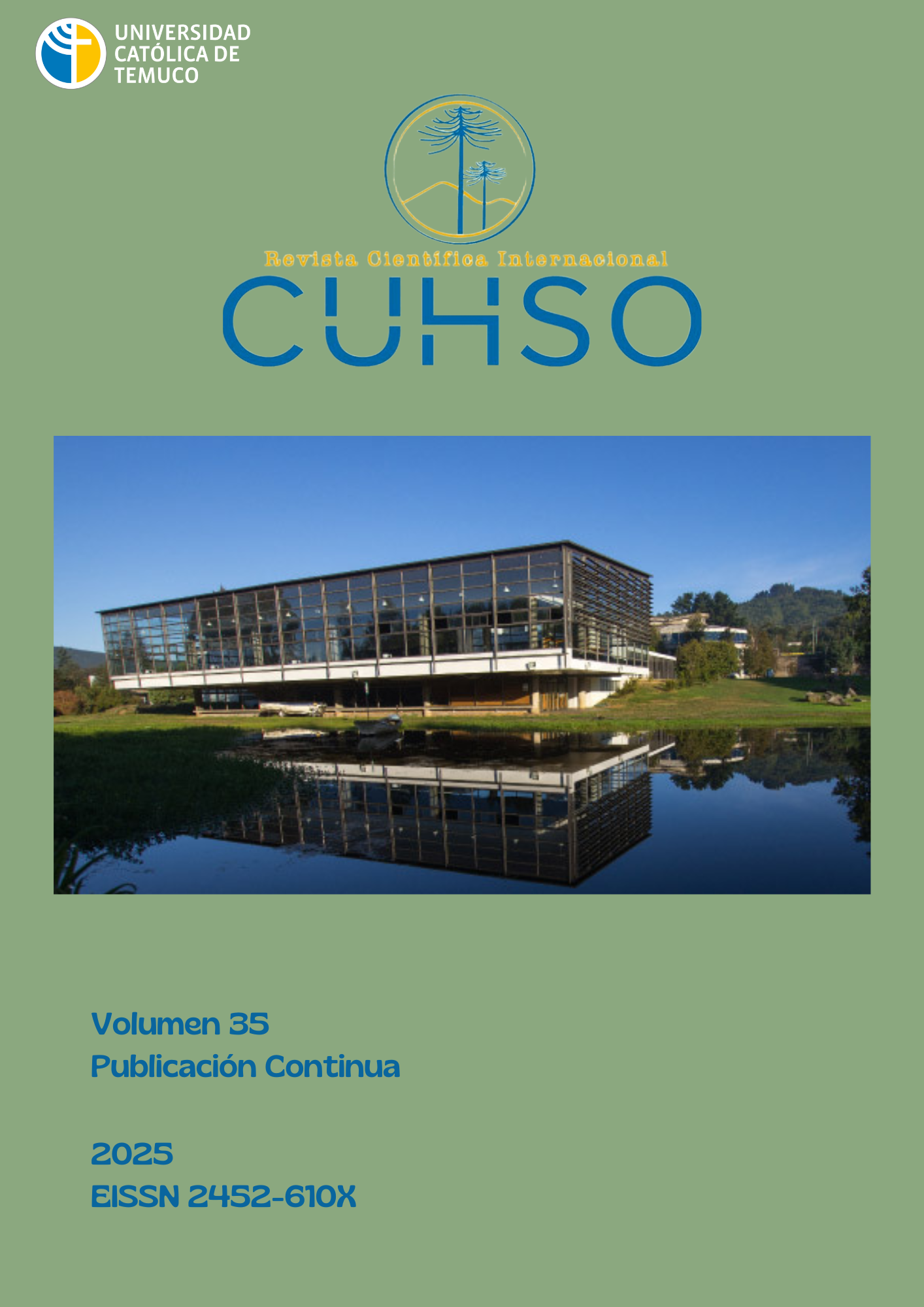Abstract
In this article we want to demonstrate (chapter 1) that the perception of a bipartition of the Sardinian linguistic area into two macro-varieties (indicated in modern times as Logudorese and Campidanese, of which the first would have greater prestige) has a cultured tradition behind it, which dates back at least to mid-sixteenth century. In the demonstration we use above all cartographic works and their comments. The second topic (chapter 2) is related to procedures for the emancipation and standardization of a macrolanguage such as Sardinian, as hoped for in the first grammar elaborated at the end of the eighteenth century by Matteo Madao; he suggests a certain choice that will be brought to a quasi-official status in the 21st century. The last part (chapter 3) deals with the analysis of testimonies recorded in writing in the first half of the nineteenth century, relating to the existence and the modus operandi of the legendary accabadora, which - going backwards - can be traced back to the second half of the 18th century. The three authors belong to the most important Sardinian/Italian intellectuals of the eighteenth and nineteenth centuries who studied Sardinia from multiple points of view.

This work is licensed under a Creative Commons Attribution 4.0 International License.
Copyright (c) 2025 Marinella Lorinczi


